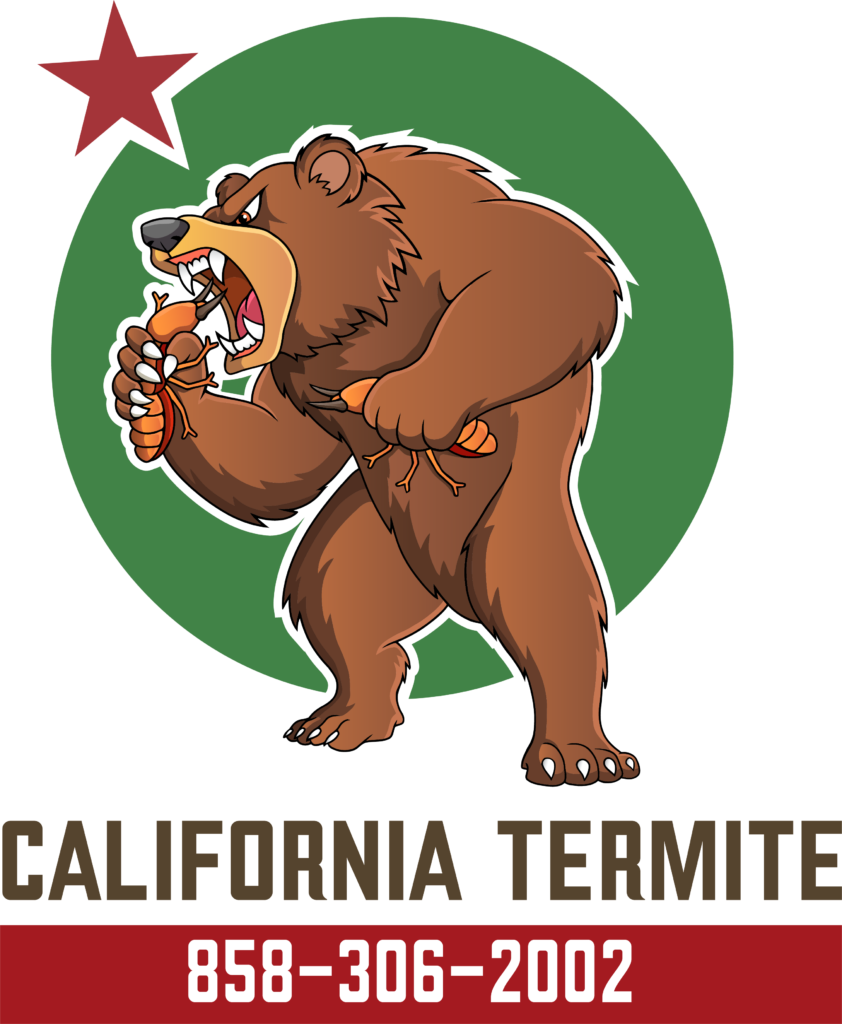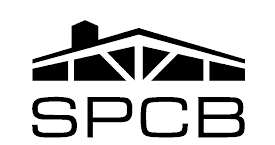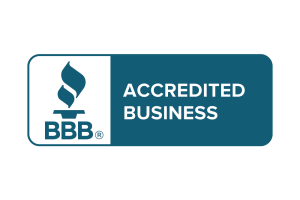The Termite Industry
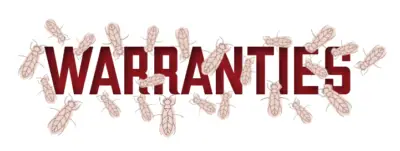 Termite Warranties
Termite Warranties
The termite industry offers two main types of warranties: full-structure and area-treated warranties.
Full-Structure Warranties
A full-structure warranty typically includes annual inspections and localized treatments as needed. However, fumigation is only covered if the customer initially fumigated and the treatment failed. Otherwise, the warranty operates on a best-effort basis, meaning the company will spot-treat visible infestations. If termites originate from an inaccessible area, the customer would need to pay for fumigation.
Full-structure warranties are specific to either drywood or subterranean termites—one does not cover the other—because the treatment methods differ significantly. A full-structure warranty generally requires a more comprehensive initial treatment than simple spot treatments. Examples include:
- Drywood Termites: Localized treatments combined with borate applications in attics, crawl spaces, or garages; local treatments supplemented with attic heating.
- Subterranean Termites: A full-perimeter subterranean termite treatment.
The duration of a full-structure warranty typically ranges from one to three years:
- One-Year Warranty: Offered by larger companies, sometimes extendable to a second year if paid upfront.
- Two-Year Warranty: Common among mid-sized companies specializing in fumigation alternatives, as some hidden infestations may become visible within this timeframe. Including a two-year warranty helps maintain customer satisfaction.
- Three-Year Warranty: Occasionally provided with fumigation, but the customer must schedule follow-up inspections. If the fumigation was effective, no new termite activity should appear within three years.
Area-Treated Warranties
If a customer opts for spot treatment only, most companies will warranty the treated areas for one year. Since the chemicals used in spot treatments remain effective for multiple years, those treated areas should remain protected. However, new infestations may appear in untreated areas, requiring additional spot treatments at the customer’s expense.
Warranty Renewals
Most warranties can be renewed annually for a fee. If a customer chooses not to fumigate, maintaining a full-structure warranty is highly recommended. Termites are a constant threat, and proactive homeowners budget for the ongoing cost of termite protection to avoid larger infestations down the road.
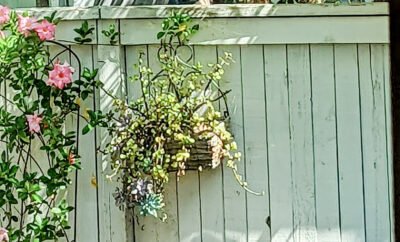 Wooden Fences
Wooden Fences
Wooden fences are generally not covered under a full-structure drywood or subterranean termite warranty. Most termite reports include language such as, “Detached wood fences were not inspected and are excluded from this report.” Gates or gate brackets attached to a house are covered under a full-structure warranty.
However, fences, especially unpainted ones, are highly susceptible to termite infestation and damage. If left untreated, termite activity in wooden fencing can spread to nearby homes. Many companies do not treat fencing. While detached fencing is not included in our standard warranties, California Termite offers treatment options for a fee.
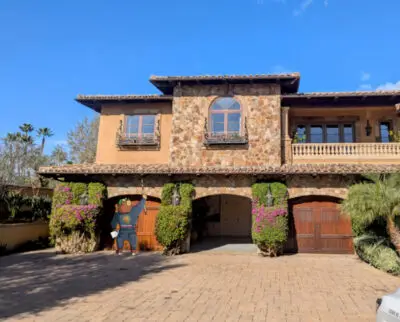 Annual Termite Inspections
Annual Termite Inspections
Annual inspections are a critical part of maintaining a full-structure termite warranty. A thorough inspection ensures early detection of termite activity, helping prevent costly wood damage and reducing the likelihood of extensive treatments like fumigation.
A qualified termite inspector should take the time to carefully examine all areas where termites are likely to be found. This includes the attic, crawlspace (if your home is raised), and any exposed wood throughout the property. If your garage has exposed wood, the inspector should check the rafters. Other key areas include wooden shutters, spaces behind the washer and dryer, wooden mantels, ceiling beams, and eave wood on both the first and upper stories. The inspector should also review past reports to stay familiar with your home’s history.
For an average-sized home (1,500–3,000 square feet), the inspection should take at least an hour. If you feel your inspector is rushing or not being thorough, don’t hesitate to voice your concerns. If they dismiss your request, consider asking your termite company to send a different inspector for a more detailed reinspection.
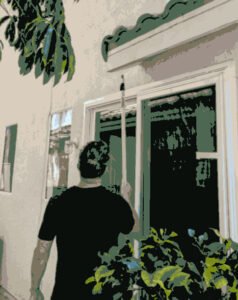 Termite Inspectors:
Termite Inspectors:
Licensed as Field Representatives by the California Structural Pest Control Board, Termite Inspectors are the salesforce of the industry. Their responsibilities include conducting inspections, diagnosing a variety of insect issues, and recommending and selling effective treatment solutions. Beyond sales, they also execute treatments, prepare and file termite inspection reports, and collaborate with termite technicians and fumigators to ensure the successful completion of treatments.
Termite Inspectors serve as the frontline of customer interactions in the termite industry. They address concerns directly with clients, ensuring satisfaction and resolving issues before they escalate to management or result in negative online reviews.
Top-level Termite Inspectors, with their expertise and ability to drive revenue, are among the highest earners in the industry, reflecting the critical role they play in its success.
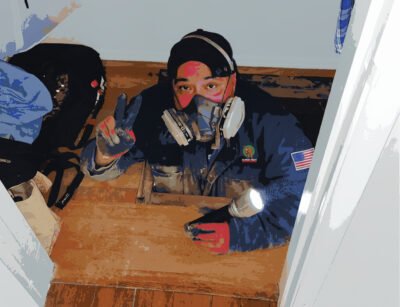 Termite Technicians:
Termite Technicians:
Also known as Applicators, Termite Techs play a vital role in the structural pest control field. To perform their duties, they must hold a Branch 3 Applicator’s license issued by the California Structural Pest Control Board. Achieving this license requires passing a rigorous exam and fulfilling ongoing training requirements every three years to maintain certification.
Termite Techs are the backbone of the industry. Their work takes them to the most challenging and uncomfortable places: crawling through scorching hot attics, while wearing coveralls and respirators, to complete local and borate treatments, navigating dark and confined crawlspaces, and scaling ladders to reach second and third-story eaves—all while balancing spray cans, drills, and caulk. They often go the extra mile, spotting and addressing termite activity that may have been overlooked by inspectors, ensuring the integrity of treatments and the company’s reputation.
Termite Techs are responsible for mixing and handling hazardous chemicals with care. They must understand precise mix ratios and follow established protocols to perform various treatments effectively and safely.
The impact of a Termite Tech cannot be overstated. Their dedication and attention to detail can elevate a company’s standing, but the job leaves little room for shortcuts. Skipping hard-to-reach sections, neglecting to mask termite droppings, or failing to perform thorough treatments can compromise the work’s quality. A skilled Termite Tech is worth their weight in gold, yet they remain among the industry’s most undervalued professionals.
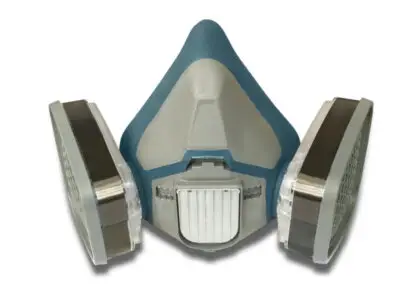 Personal Protective Equipment (PPE)
Personal Protective Equipment (PPE)
In the pest control industry, Personal Protective Equipment (PPE) is essential for safeguarding workers from both acute and long-term health risks.
For termite inspectors, PPE includes:
- Work gloves – Prevent splinters when handling wood framing.
- Knee pads – Provide protection while crawling through attics, garages, and crawlspaces.
- N95 masks – Shield lungs from dust in confined spaces.
- Bump caps – Prevent head injuries from exposed nails in attics.
- Flashlights and headlamps – Ensure visibility in dark areas.
For termite technicians, PPE includes everything above, plus:
- Respirators – Required when applying chemicals in enclosed spaces.
- Safety glasses – Protect eyes from exposure to termiticides.
- Nitrile gloves – Protect skin from exposure to termiticides.
- Long sleeves and pants – Provide additional skin protection.
Pesticide and termiticide labels specify the necessary PPE for safe application, whether indoors or outdoors. Additionally, PPE must be stored separately from chemical containers to prevent contamination.
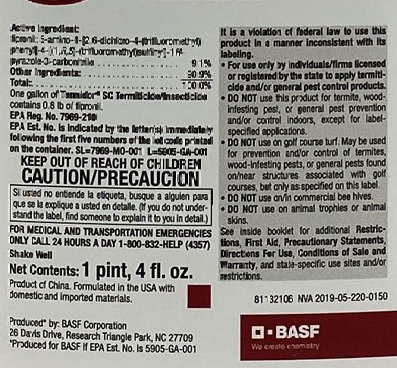 “The Label is the Law”
“The Label is the Law”
This is the guiding principle of the pest and termite control industry. Simply put, the instructions and regulations outlined on a pesticide label are legally binding. An insecticide product label is considered a legal document, and compliance with its contents is mandatory.
A pesticide label includes critical information such as:
- Product name
- Manufacturer name and address
- Net contents
- EPA registration and establishment numbers
- Ingredients
- Pounds-per-gallon statement
- Child hazard warning
- Signal word (e.g., “Danger,” “Warning”)
- Statement of practical treatment (first aid)
- Referral statement
- Precautionary statement
- Hazards to humans or domestic animals
- Environmental hazards
- Physical or chemical hazards
- Statement of pesticide classification
- Misuse statement
- Reentry statement (how long to wait before entering a treated area)
- Storage and disposal instructions
- Directions for use
The Directions for Use section is especially critical. It specifies:
- The types of pests the product is designed to control
- How the product should be applied
- The appropriate application equipment
- The mix ratio
- Compatibility with other products
- Where and when the product can be used
For termite techs and pest control applicators, the label is the ultimate authority. If an Agriculture Official inquires about a termiticide or pesticide, the correct answer will always be found on the label.
The California Structural Pest Control Board (SPCB)
The SPCB is a regulatory body under the California Department of Consumer Affairs. The Board consists of seven members, three from the public and four from inside the pest control industry. It oversees the structural pest control industry in California to protect public health, safety, and welfare.
Key responsibilities:
1. Licensing and Certification
- Registers qualified pest control companies and issues licenses to Operators, Field Representatives, and Applicators.
- Ensures licensees meet education, experience, and examination requirements.
2. Regulatory Oversight
- Enforces laws and regulations related to structural pest control, including the use of pesticides.
- Conducts inspections and investigations into complaints against licensed professionals and companies.
3. Consumer Protection
- Provides resources and information to help consumers make informed decisions about pest control services.
- Handles consumer complaints regarding pest control services or practices.
4. Education and Outreach
- Promotes awareness of best practices in pest control and pesticide safety.
- Keeps licensees updated on regulatory changes and industry standards.
5. Disciplinary Actions
- Investigates violations of pest control laws and imposes disciplinary measures as necessary, including fines, suspensions, or license revocations.
The California Structural Pest Control Board (SPCB) Branch System
The SPCB oversees the regulation of the pest control industry in California, organizing it into three distinct branches based on specialization:
Branch One: Fumigation
This branch covers fumigation services. Business Owners, Managers, and Field Representatives working in this area must obtain a Branch One license from the SPCB to operate legally.
Branch Two: General Pest Control
This branch involves the management of general pests. Individuals such as Business Owners, Managers, Field representatives, Salespeople, Inspectors, and Technicians must hold a Branch Two license to diagnose, recommend, or administer pest control solutions effectively and to be within regulatory compliance.
Branch Three: Wood-Destroying Organisms
This branch focuses on controlling wood-destroying pests, including termites, fungus, beetles, ants, and bees. Business Owners, Managers, Inspectors, Salespeople, and Termite Technicians must obtain a Branch Three license to conduct activities in this specialized field.
County of San Diego Agriculture, Weights and Measures (AWM)
The AWM serves to protect and promote agriculture, ensure consumer protection, and safeguard public health and the environment. The AWM plays a significant role in pest control by focusing on the following areas:
1. Pest Exclusion
- Preventing Entry of Harmful Pests: Inspects incoming shipments of plants and goods to prevent invasive pests from entering San Diego County.
- Quarantine Enforcement: Implements quarantines when necessary to stop the spread of pests like the Mediterranean fruit fly or other invasive species.
2. Pest Detection
- Monitoring Pest Populations: Uses traps and surveys to detect harmful pests, such as:
- Glassy-winged sharpshooters
- Asian citrus psyllids
- Exotic fruit flies
- Early Detection Programs: Identifies pest infestations early to prevent widespread damage to agriculture and natural resources.
3. Pesticide Regulation
- Pesticide Use Enforcement: Regulates the proper use of pesticides to ensure public safety and environmental protection.
- Licensing and Permits: Issues permits for pesticide use and ensures compliance with local, state, and federal laws.
- Inspections and Investigations: Conducts inspections of pest control companies, pesticide applicators, and agricultural operations to verify adherence to safety protocols.
4. Integrated Pest Management (IPM)
- Promoting Sustainable Practices: Encourages the use of environmentally friendly pest control methods, reducing reliance on chemical pesticides.
- Public Education: Offers resources and training on sustainable pest management practices for residents, farmers, and businesses.
5. Invasive Pest Management
- Eradication Programs: Leads efforts to eliminate infestations of invasive pests that threaten local agriculture or ecosystems.
- Collaboration with State and Federal Agencies: Works with entities like the California Department of Food and Agriculture (CDFA) and USDA for pest eradication projects.
6. Consumer and Industry Support
- Consultation Services: Provides advice to homeowners, pest control companies, and farmers on managing pest issues effectively.
- Training and Certification: Offers training and certification programs for pest control professionals to meet legal and safety requirements.
 Environmental Protection Agency (EPA)
Environmental Protection Agency (EPA)
All pesticides, including termiticides, must be registered with the Environmental Protection Agency (EPA). The EPA evaluates pesticides to ensure that, when used according to label directions, they do not pose a risk to human health, non-target organisms, or the environment. Special attention is given to protecting vulnerable populations.
The EPA monitors:
- Active ingredients in the pesticide
- Approved application sites
- Dosage, frequency, and timing of use
- Proper disposal methods
In addition, the EPA funds ongoing research to better understand the health and environmental impacts of pesticides. Registered pesticides are periodically reviewed for safety, which can lead to updated usage guidelines or cancellation of the pesticide’s registration if necessary.

